Creative arts therapies use art, music, movement, drama, or writing to help people cope with stress, process emotions, and feel more grounded. They work whether you join a therapist-led group or try short exercises at home.
Art therapy gives feelings a shape. Drawing or painting for ten minutes can calm a racing mind by shifting focus from problems to sensory experience. You don’t need talent—simple marks, colors, and textures do the job.
Music therapy changes mood fast. Listening to a preferred song lowers tension and helps regulate breathing. Singing or tapping a steady beat gives a sense of control when days feel chaotic.
Dance and movement therapy release built-up tension in the body. A few minutes of free movement or a short guided stretch routine reduces muscle tightness and improves circulation, which often makes thinking clearer.
Drama and role play help rehearse real conversations and sort confusing emotions. Acting out a stressful scene with a trusted person makes it easier to plan a different response in real life.
Writing and journaling turn jumbled thoughts into words. A five-minute stream-of-consciousness entry or a short gratitude list can reduce rumination and make solutions more visible.
1) Five-minute doodle: set a timer and draw without judging the result. Focus on motion. Notice breathing slow down.
2) Two-song reset: play two songs you know lift your mood. Move or breathe with the rhythm for the full songs.
3) Body release: stand and shake arms and legs for one minute, then stretch slowly while inhaling and exhaling for five breaths.
4) Scene rehearsal: imagine a hard conversation. Act it out alone or with someone safe, trying one new line or boundary you want to use.
5) One-page dump: write everything on your mind for ten minutes. Close the page and highlight one small step to take next.
If you want professional support, look for licensed creative arts therapists, music therapists, or counselors who use these methods. Ask about credentials, session structure, and goals. Many providers offer single sessions or short packages to try the approach without a long commitment.
For military families, check with your TRICARE benefits and local military treatment facilities about covered mental health services. Peer support groups and community centers often run arts-based workshops that cost less than private therapy.
Make creativity a habit by scheduling short, regular sessions. Track what helps and repeat it on stressful days. The goal is not to create perfect art but to use creative action as a tool to move through stress, feel clearer, and connect with yourself.
Start small and be consistent. If a session brings up strong feelings, pause and breathe; consider reaching out to a therapist for support. You can combine creative arts work with other care like counseling, medication, or peer groups. Many people find daily creative moves add up and make stress easier to handle over time.

Discover how creative arts therapies-art, music, drama, dance, and writing-help process emotions, reduce anxiety, and foster healing. Learn the benefits, find a therapist, and start DIY practices today.
Read More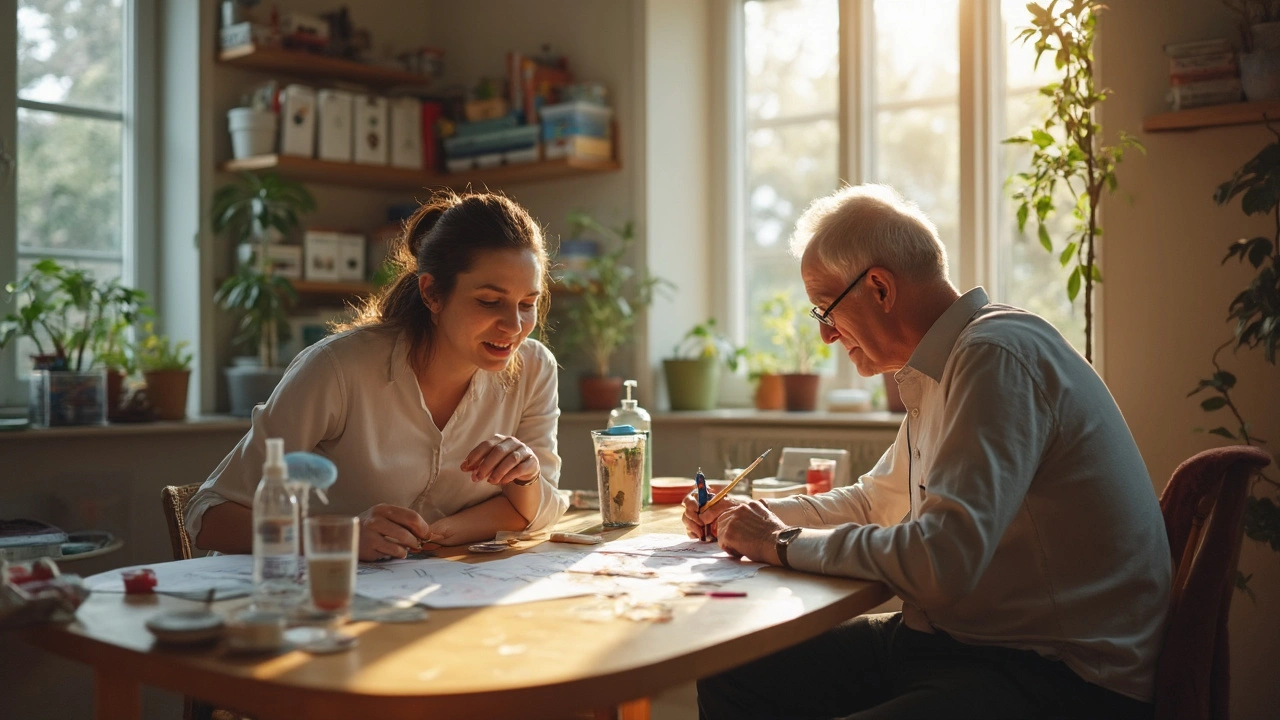
Evidence-based guide to creative arts therapies: what works, simple exercises, 30‑day plan, safety tips, and how to find a therapist in 2025.
Read More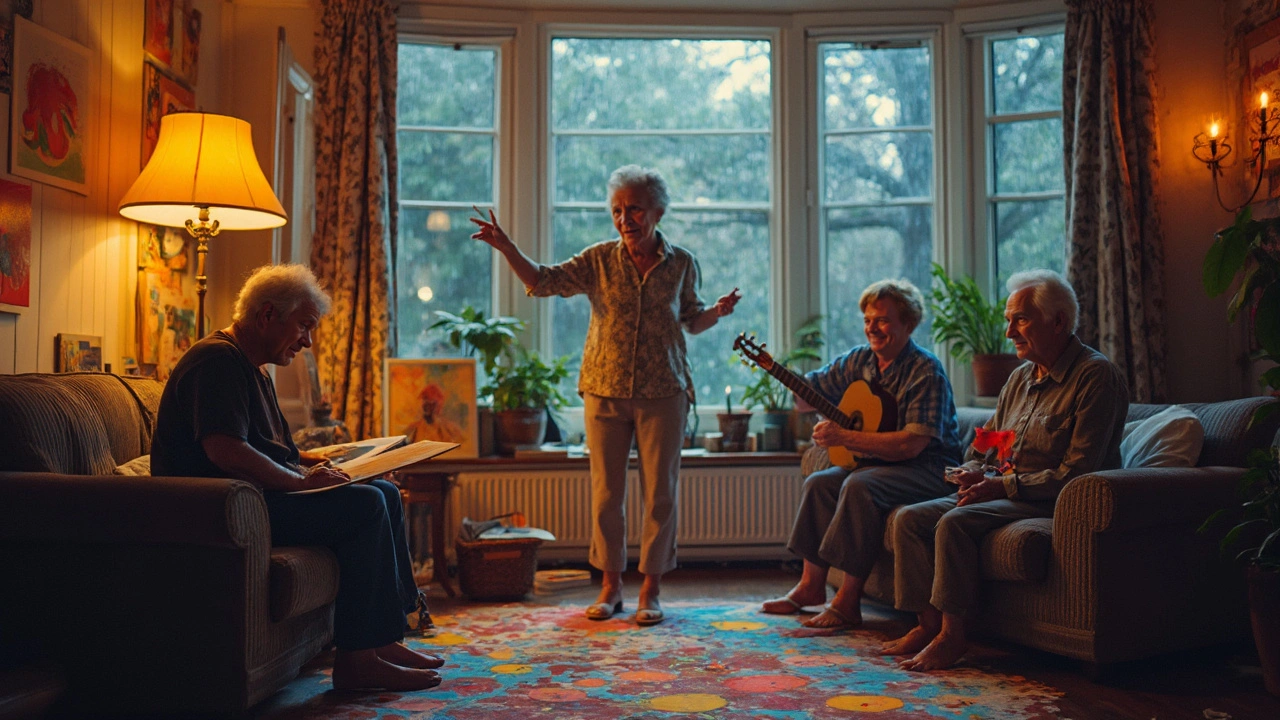
Creative arts therapies are turning into must-have tools for dealing with stress, helping people manage anxiety and boost daily well-being. Art, music, dance, and drama therapy aren't just hobbies—they're proven ways to ease tension and reconnect with yourself. This article shows how these creative therapies work and why they're effective, even if you think you're 'not creative.' You'll get real examples, surprising facts, and step-by-step ideas to try at home, no art degree required. Discover an unexpected way to calm your mind and actually enjoy the process.
Read More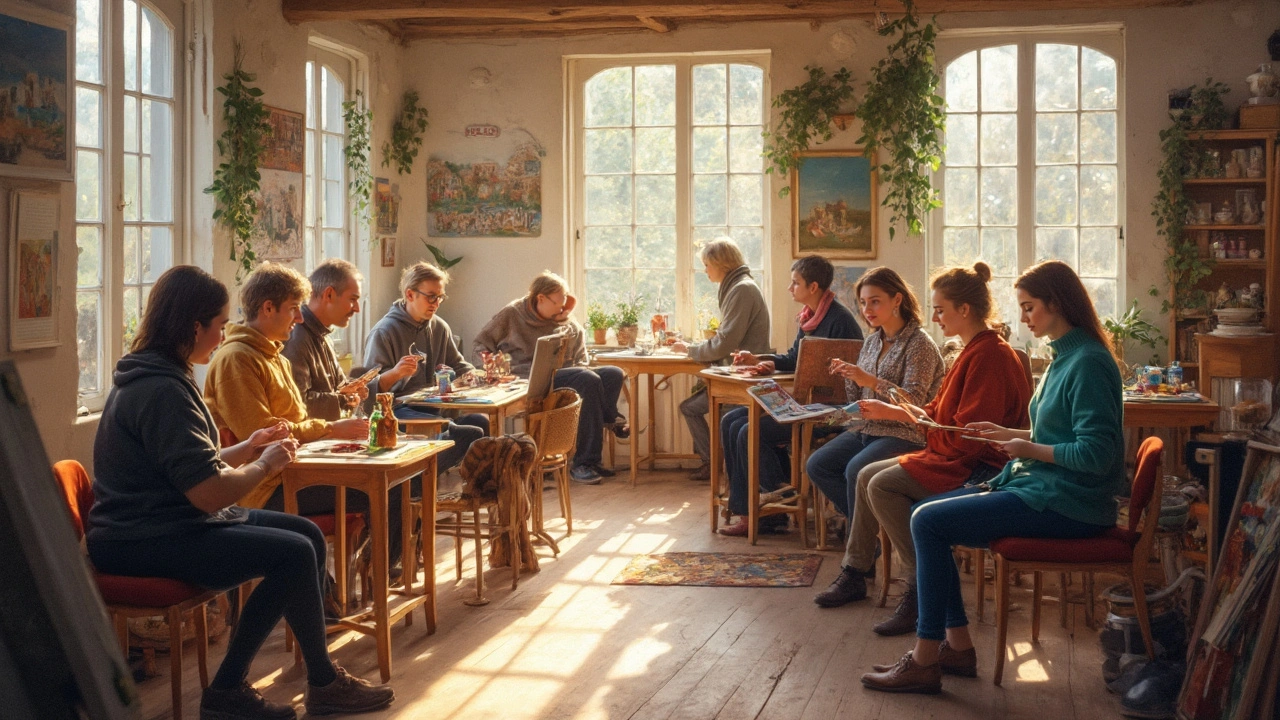
Creative arts therapies use art, music, dance, and drama to help people manage psychological disorders. This article looks at how these therapies can make a real difference for anxiety, depression, PTSD, and more. You'll find out how the process works, what science says, and get some useful tips for anyone interested in trying creative arts therapies. The focus is practical, clear, and based on real-world examples. Whether you're curious about new ways to support mental health or want to understand these therapies for yourself or a loved one, you'll get hands-on advice.
Read More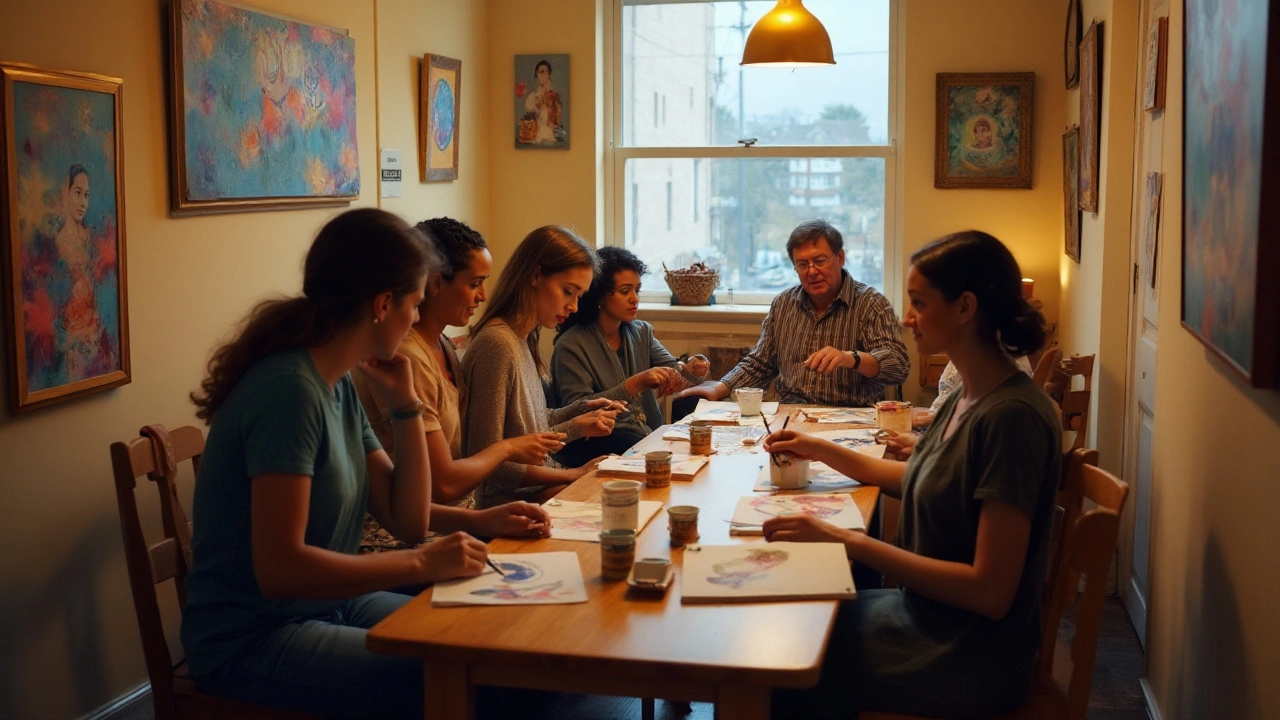
Creative Arts Therapies are gaining recognition as innovative approaches in holistic health care, offering mental and emotional healing through various expressive arts. By tapping into practices such as art, music, dance, and drama therapy, individuals can find renewed pathways to wellness. These therapies harness creativity in safe, nurturing environments, helping people explore thoughts and feelings that might be challenging to express otherwise. They are proving especially beneficial for mental health conditions, PTSD, and chronic illnesses, making them a valuable addition to traditional healthcare practices. In this article, we'll explore their history, benefits, methods, and the future potential of creative arts therapies.
Read More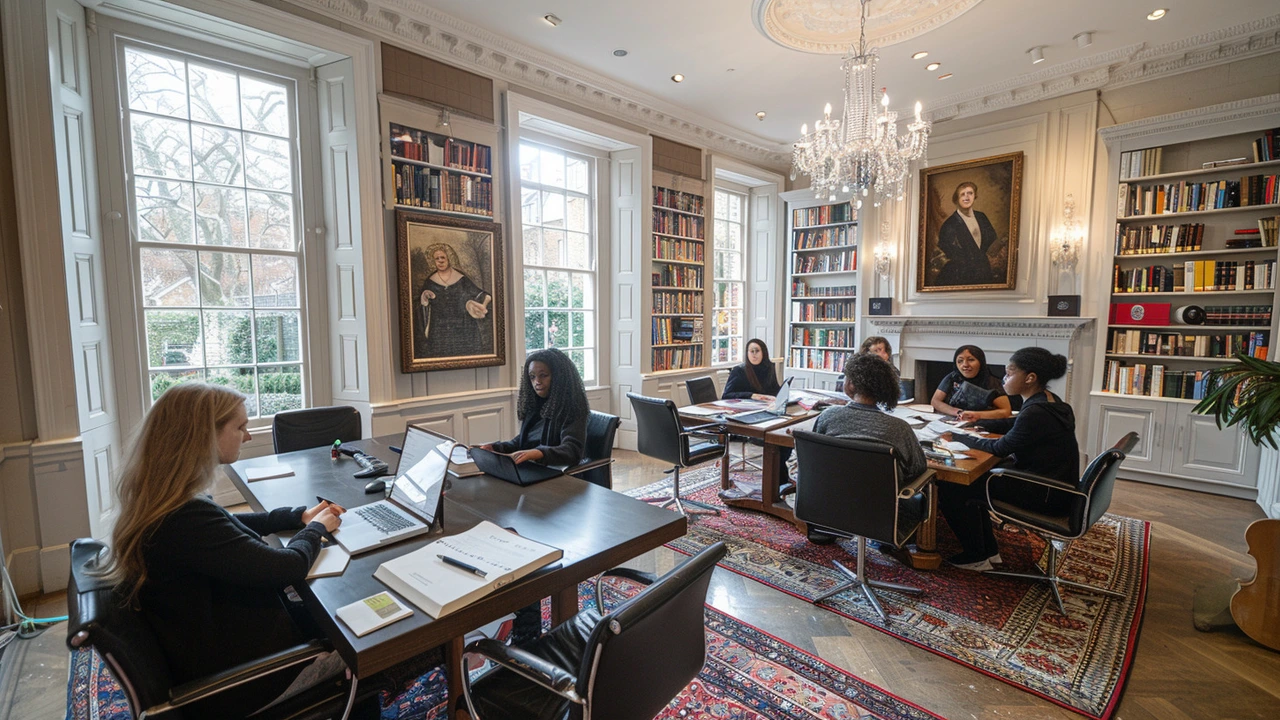
In this deep dive into the transformative world of Creative Arts Therapies, we unfold a comprehensive look at how these innovative therapeutic practices are reshaping mental health care. Through a combination of music, dance, drama, and visual arts, individuals find unique pathways to healing and self-expression that traditional therapies may not offer. This article explores the origins, methodologies, and real-world applications of Creative Arts Therapies, providing insights into their benefits and how they are becoming essential in therapeutic settings. Join us in exploring how these dynamic therapies are breaking barriers and offering new hope for those seeking meaningful mental health support.
Read More